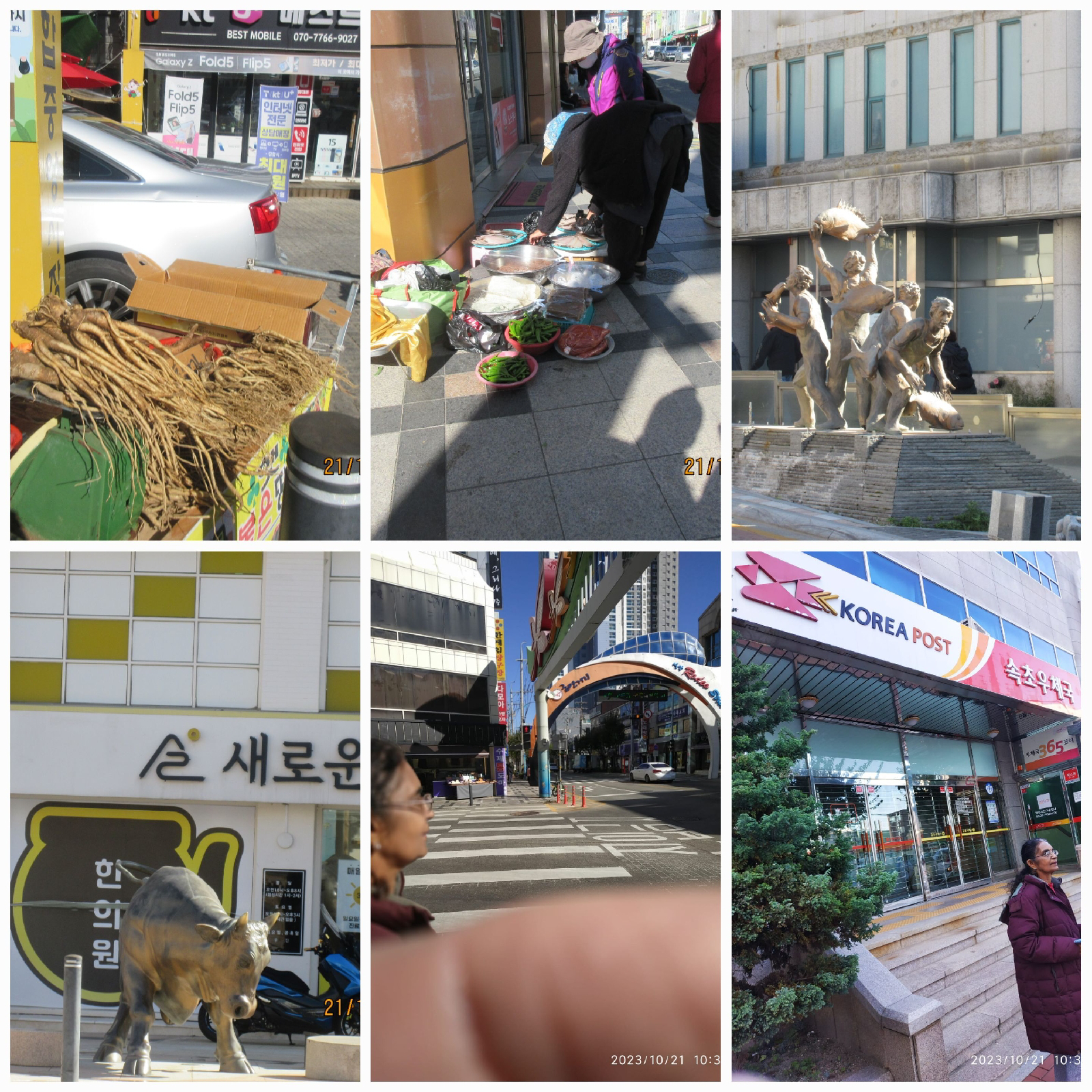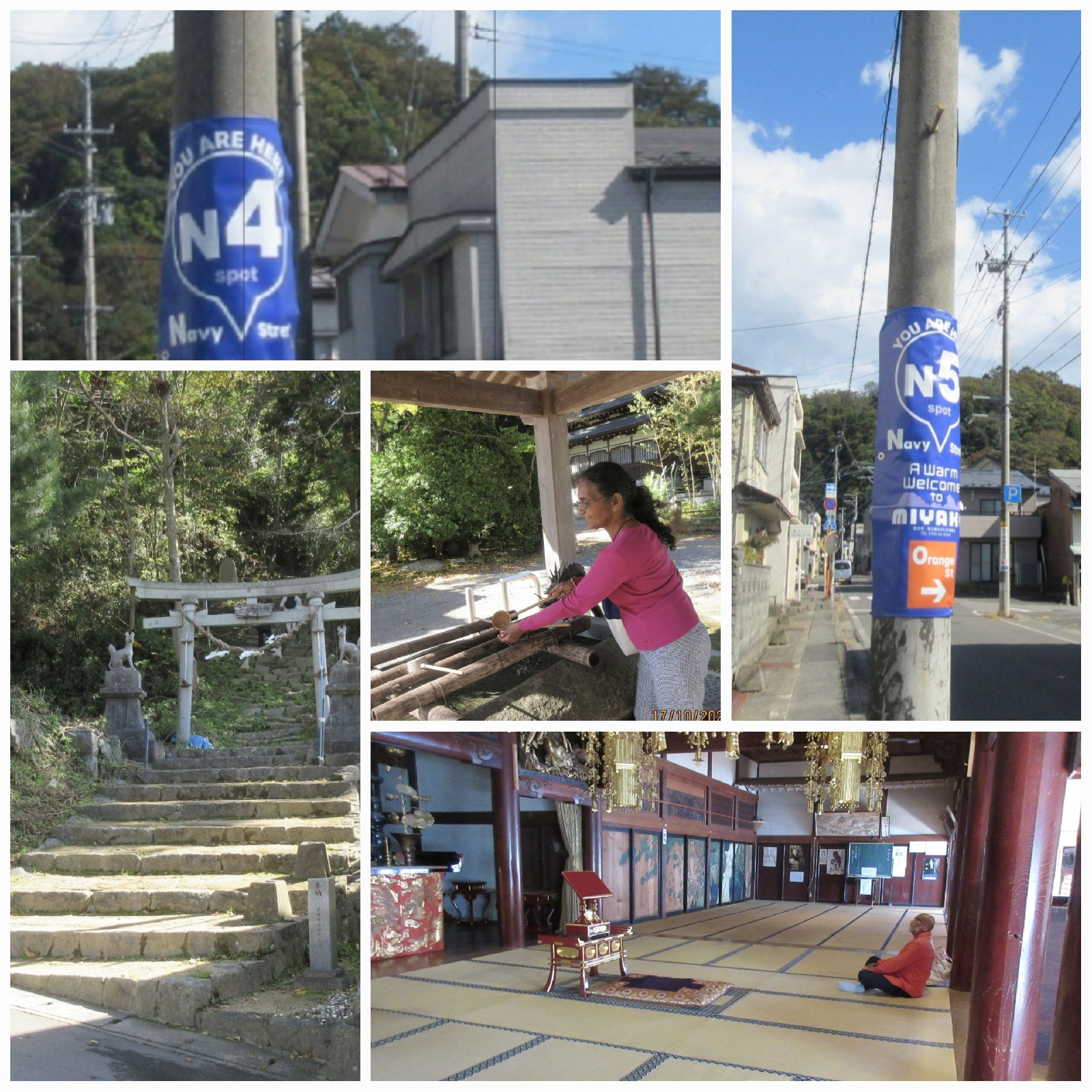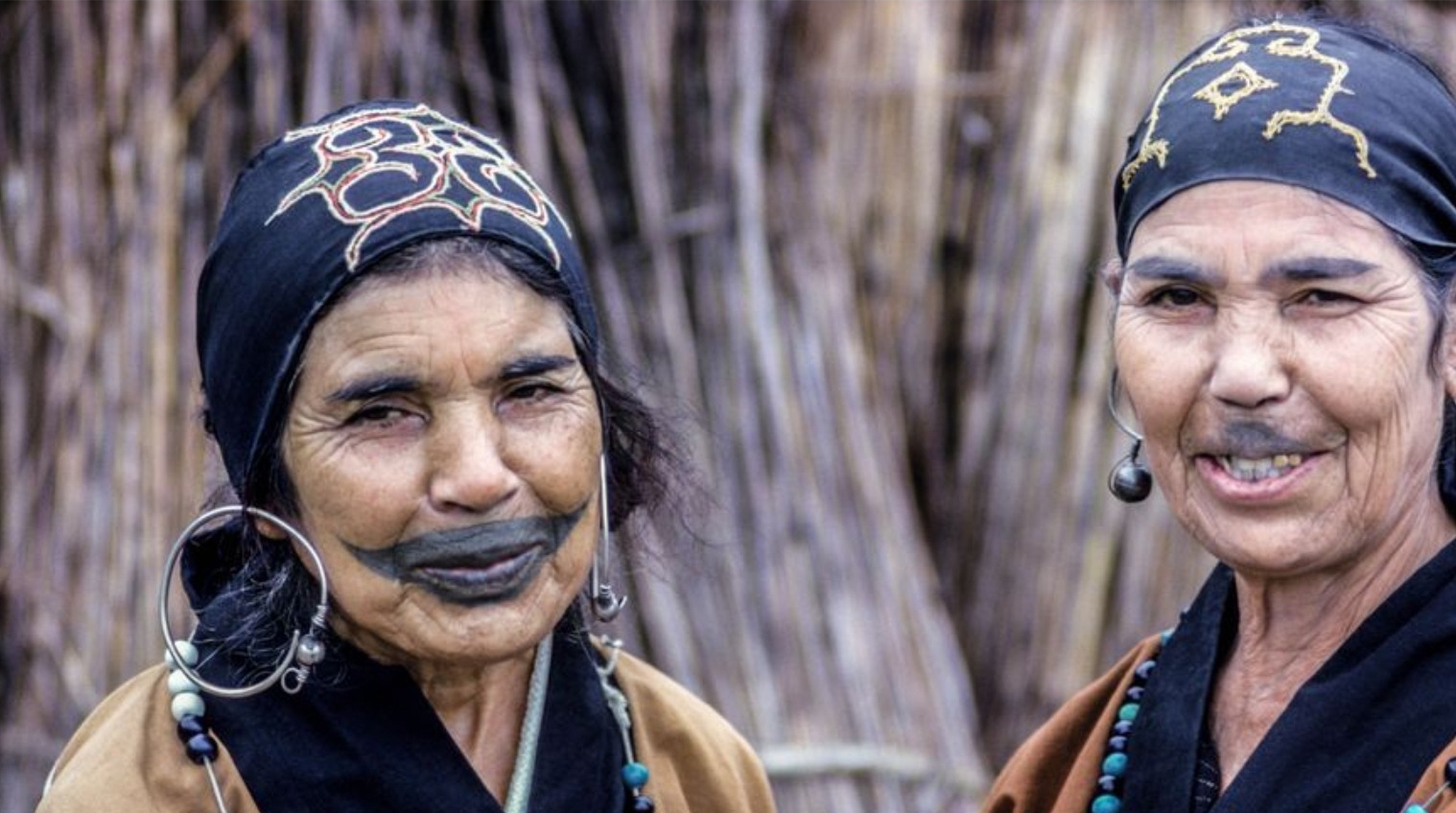Where in the world is Sakaiminato?
You guessed it. Japan.I had not heard if this port until it appeared on our cruise itinerary. Like always we get excited about a new port and how Japanese it will be in terms of its architecture and culture. We expect Shinto shrines and the ubiquitous sea food markets. If any of these ports was very different from what we had already seen of Japan we would be very interested in it. It was different, but . . .
Worth the visit?
Alas, we find out that we are too far away from the city's so called attractions. The shuttle round trip to the heart of the city, 25 mins aways was 25 USD. You'll see why it was not worth it for us in particular.
Sakaiminato is the birthplace of Shigeru Mizuki, the manga writer, the creator of GeGeGe no Kitaro, a yokai creature ( seen in many forms throughout Japan). Kitaro Road is a street dedicated to all the characters that appear in Mizuki's stories. Apparently one hundred bronze statues of the story's characters line both sides of the road. As though that was not enough, façades of the stores and buildings as well as lamp-posts are yokai inspired. DrINK and I usually avoid theme parks and this promised to be one entirely based on manga. Certainly young Japanese have their quirky interests ( let alone Hello Kittys)and that is a trait that the rest of the world is aware of but does not necessarily buy into. But we can't escape it. There is a huge figure at a restaurant at the pier. The building at the base of the observation tower nearby is shaped like a samurai helmet and that, of course, relates to the glorious past.
Of course, we hear from our friends who made the trip rather than stay on the ship. They are impressed by the cleanliness of the streets and the restrooms. Even more impressive was the courtesy extended to foreigners and fellow citizens alike.
To ride or not
If you are interested in cars you would probably have watched an advertisement for Daihatsu cars. The cars drive up a steep ramp on a crooked bridge. This bridge is in Sakaiminato. Again, its about 6 km away from the pier. Public transport is spotty. A shore excursion will take us over the bridge and to the garden on the island to which it connects. It would be hardly more than a simple roller coaster ride.
Many of us who are not interested in the 'creatures' just want to walk around for a few hours. We decide to walk to the bridge even though the very helpful guides at the Tourist information booth tell us it's too far away.
A walk to remember
Nevertheless, we stride towards it. 6km wouldn't be too much on this cool day. We could take short breaks. The first kilometer or so we see nothing. At junctions all the four roads have the same name ( the name of a landmark like a school or a shopping centre, or and office building). No memorable landmarks except the railway tracks to Amerikano station. We just walk in the general direction counting the number of roads we have to cross. The pavements are shaded by verdant bushes and trees. They are filled fruits and birds chirping away. The road we take is now lined with alleys filled with traditional homes with well kept gardens. In between are vegetable gardens and green rice fields with farmers working on them. Some gardens have hand pumps for irrigation!
Our feet begin to hurt. We find an abandoned building, sit in the shadows, refuel ourselves with a cookie and sips of water and then plod on. We meet a cyclist riding with his girlfriend and check our route with him. They both confirm the direction but little else.
Hey, Presto!
About half an hour later we approach another cyclist who gives us definitive directions. A few metres more , turn right, walk up to the gas station, turn left and continue till you see the bridge. The one way conversation is all in Japanese and gestures but we feel as though we have arrived.
Sure enough within the next 20 mins we find ourselves in the residential area where the bridge begins its low gradient slope to the horizontal span across the water before it dips steeply and at angle on to the island. The bridge was designed to accommodate the passage of ships underneath. We have already walked for more than 3 hours and climbing it, even over the low gradient, was out of the question. Just by the side of the bridge are a series of solar panels glinting in the sun. A short rest and back we go towards the ship making just another stop at a serene Shinto shrine . We have walked for nearly 6 hours.
The shinto shrines gave us a cool respite. Then came what could have passed for the Ricoletta in Buenos Aires. Granite tombstones stood tall and mighty in a residential area.
After a well earned dinner we slept well that night.




























